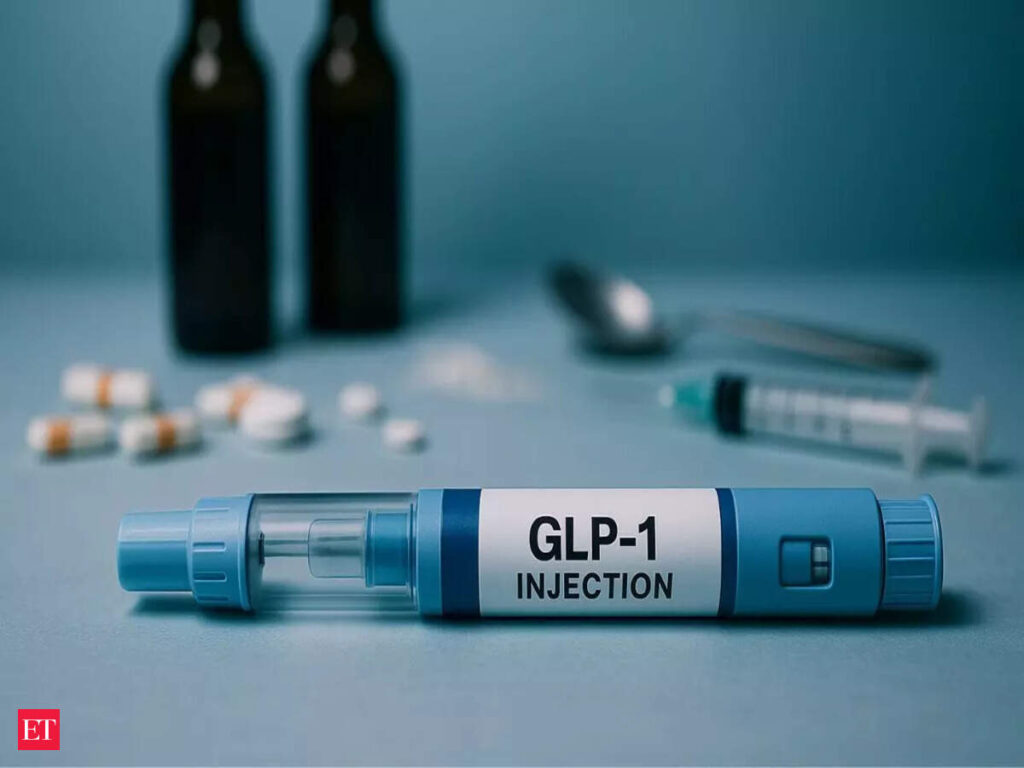Bariatric surgery reshapes body fat and muscle more than GLP-1 drugs

Bariatric surgery and GLP-1 treatments reshape body composition differently, emphasizing the importance of sex and treatment choice in muscle preservation.
The Hindu Lit for Life 2026 | Some of India’s foremost experts on what the future could hold in the health ecosystem

The rise and riseof GLP-1 medications, why lived experiences are important in the context of mental health and why the new US dietary guidelines should be taken with a pinch of salt — panellists at The Hindu Lit for Life’s 2026 edition unpack some important health trends
Gordon Ramsay Ushers I Can’t Believe It’s Not Butter Into the GLP-1 Era

Brand hopes chef can boost appeal among nutrient-conscious foodies.
Shed Expands GLP-1 Weight-Loss Offerings with Wegovy® Pills via NovoCare

SALT LAKE CITY, Jan. 14, 2026 /PRNewswire/ — Shed, a leading health and wellness platform focused on accessible, clinician-guided care, today announced the expansion of its GLP-1 weight-loss programs with the introduction of Wegovy® pills via NovoCare. This new offering provides members…
Stopping GLP-1s May Lead to Weight Regain In Less Than 2 Years, Review Finds

Research shows that people who stop taking GLP-1 medications regain weight within 2 years. Image Credit: Tatsiana Volkava/Getty Images A new study has found that people regain weight within 2 years of stopping a GLP-1 drug. Metabolic improvements also tend to fade within that time, researchers found. Experts advise that slowly tapering off the medication […]
STAT+: Pharmalittle: We’re reading about a change in obesity drug warnings, FDA approvals, and more

Good morning, everyone, the middle of the week has arrived and this calls for a celebratory cup or two of stimulation. How so? Well, you made it this far, which can be an accomplishment, after all. Moreover, there is always good reason to forge ahead, given that there is so much more to do and […]
Here’s what’s on South Africa’s 2026 public health agenda

South Africa is a study in contrasts. And the 2026 public health agenda is no exception. Breakthrough HIV prevention medicine has arrived alongside US funding cuts. AI could revolutionise TB screening but drug resistance is climbing. New obesity drugs have launched but are unaffordable to nearly everyone. National Health Insurance (NHI) is law but is […]
JPM26: Novo Nordisk CEO reflects on ‘curse of a leader’ as company looks to reassert GLP-1 footing

The past year was one of turbulence and change at Novo Nordisk, and, while the Danish drugmaker still has its work cut out for 2026, new CEO Maziar Mike Doustdar appears confident in his commercial and R&D battle plan for the coming months.
Tucker Carlson Faces Ozempic Rumours After Gaunt Appearance In New Photos Sparks Concern

Tucker Carlson’s gaunt appearance sparks Ozempic rumours as weight-loss drugs become mainstream. Explore the latest speculation and why celebrities are turning to GLP-1 medications.
FDA moves to strike suicide risk warnings from 3 GLP-1s

The FDA is requesting that drugmakers remove suicidal ideation and behavior warnings from the labeling of three GLP-1 receptor agonists — Saxenda (liraglutide), Wegovy (semaglutide) and Zepbound (tirzepatide) — effective Jan. 13, 2026. The FDA’s decision follows a meta-analysis of 91 placebo-controlled trials comprising 107,910 patients, according to a Jan. 13 FDA news release. Of […]
